Sule Ozev
Detecting Anomaly in Chemical Sensors via L1-Kernels based Principal Component Analysis
Jan 07, 2022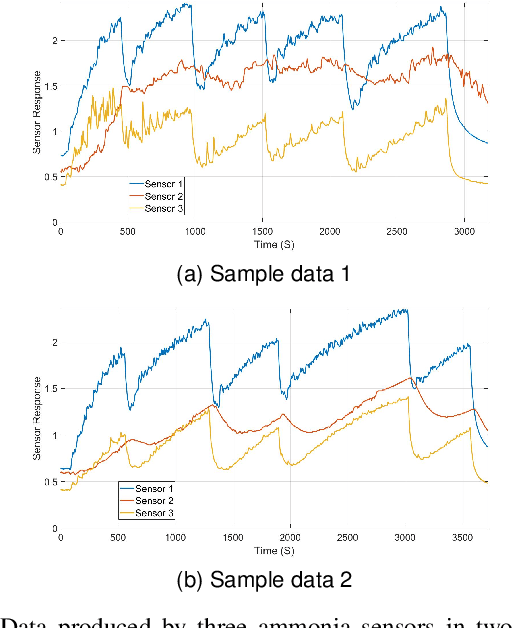

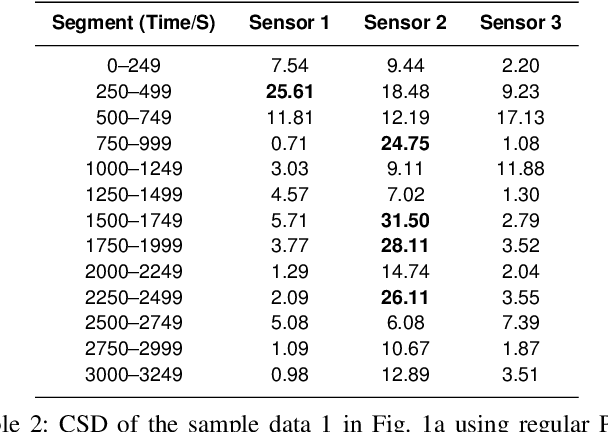
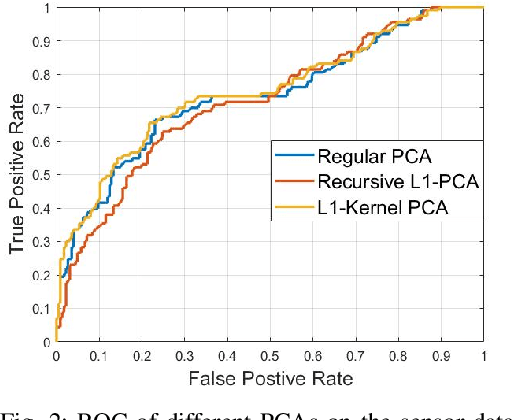
Abstract:We propose a kernel-PCA based method to detect anomaly in chemical sensors. We use temporal signals produced by chemical sensors to form vectors to perform the Principal Component Analysis (PCA). We estimate the kernel-covariance matrix of the sensor data and compute the eigenvector corresponding to the largest eigenvalue of the covariance matrix. The anomaly can be detected by comparing the difference between the actual sensor data and the reconstructed data from the dominant eigenvector. In this paper, we introduce a new multiplication-free kernel, which is related to the l1-norm for the anomaly detection task. The l1-kernel PCA is not only computationally efficient but also energy-efficient because it does not require any actual multiplications during the kernel covariance matrix computation. Our experimental results show that our kernel-PCA method achieves a higher area under curvature (AUC) score (0.7483) than the baseline regular PCA method (0.7366).
Detecting Gas Vapor Leaks Using Uncalibrated Sensors
Aug 20, 2019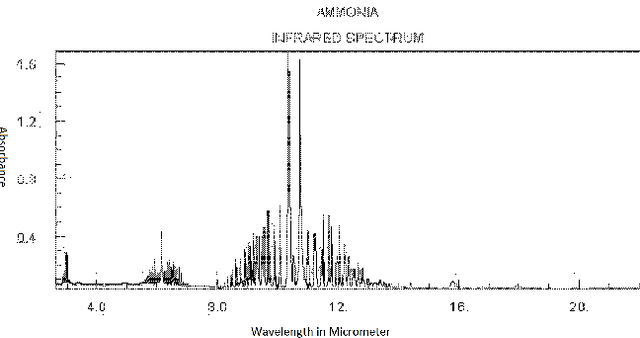

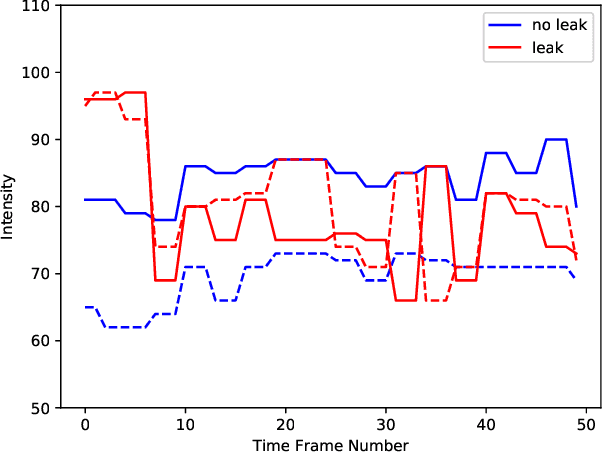
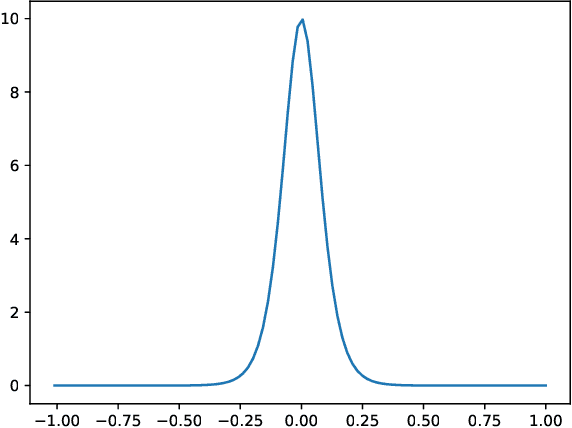
Abstract:Chemical and infra-red sensors generate distinct responses under similar conditions because of sensor drift, noise or resolution errors. In this work, we use different time-series data sets obtained by infra-red and E-nose sensors in order to detect Volatile Organic Compounds (VOCs) and Ammonia vapor leaks. We process time-series sensor signals using deep neural networks (DNN). Three neural network algorithms are utilized for this purpose. Additive neural networks (termed AddNet) are based on a multiplication-devoid operator and consequently exhibit energy-efficiency compared to regular neural networks. The second algorithm uses generative adversarial neural networks so as to expose the classifying neural network to more realistic data points in order to help the classifier network to deliver improved generalization. Finally, we use conventional convolutional neural networks as a baseline method and compare their performance with the two aforementioned deep neural network algorithms in order to evaluate their effectiveness empirically.
 Add to Chrome
Add to Chrome Add to Firefox
Add to Firefox Add to Edge
Add to Edge